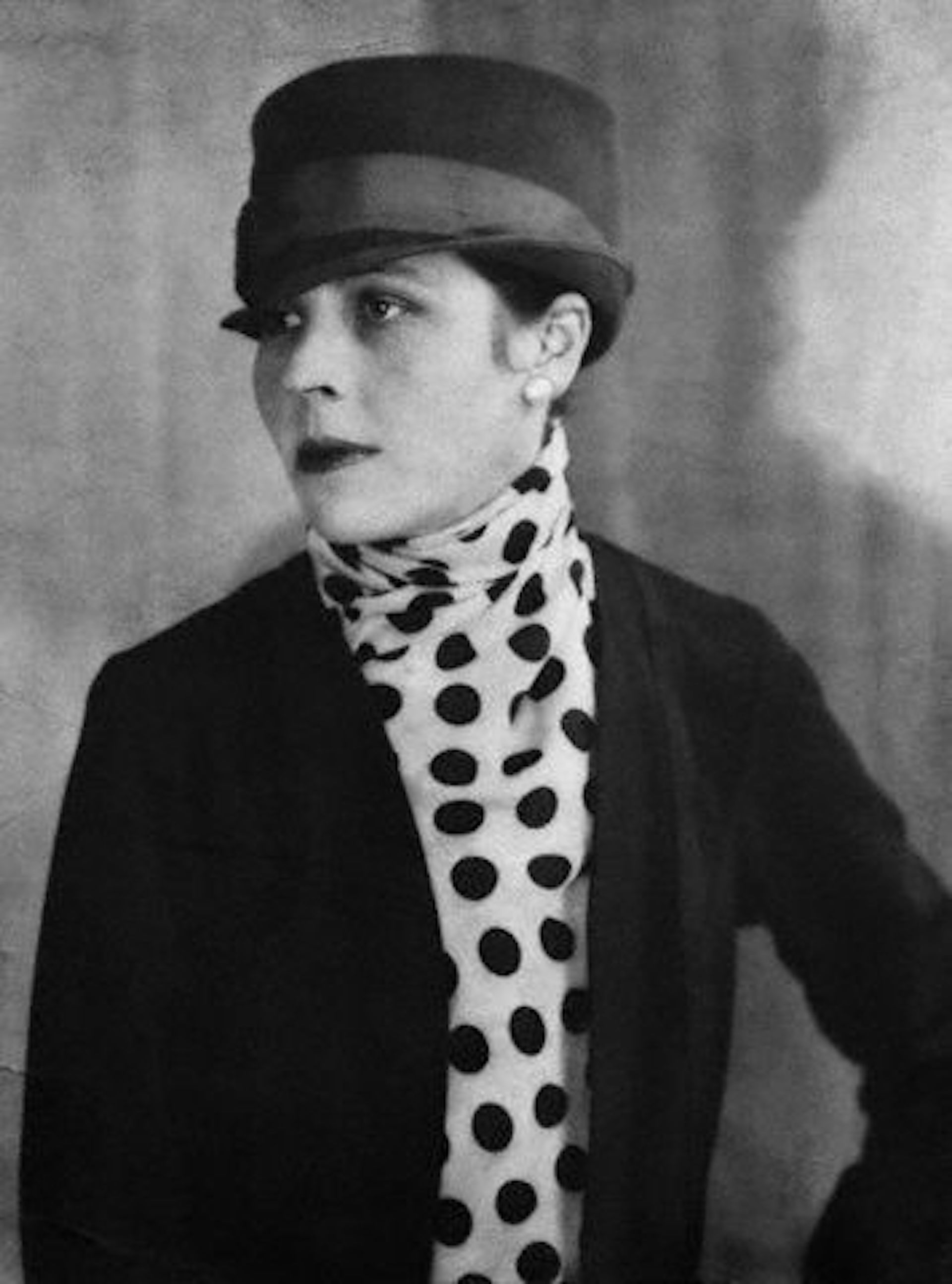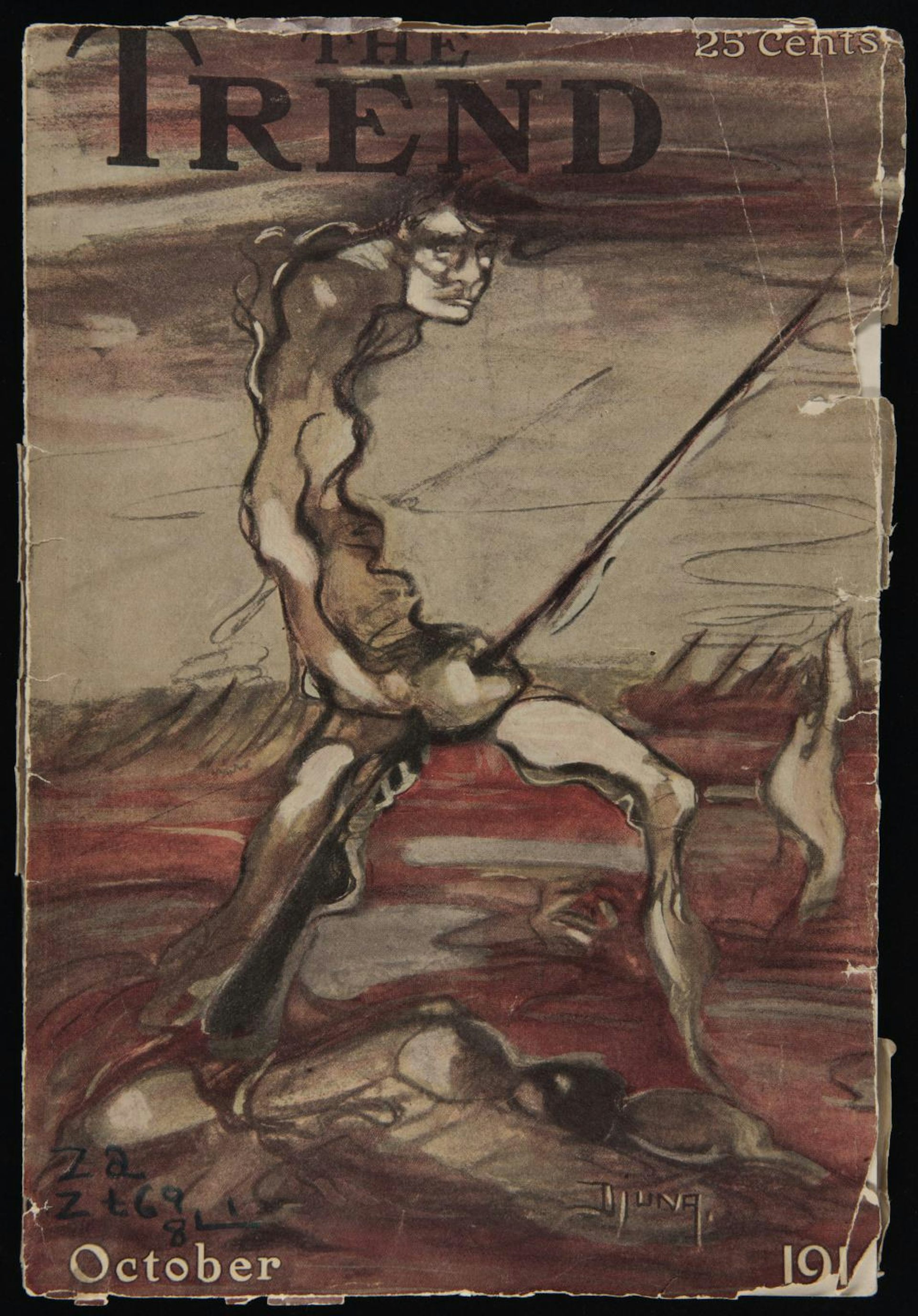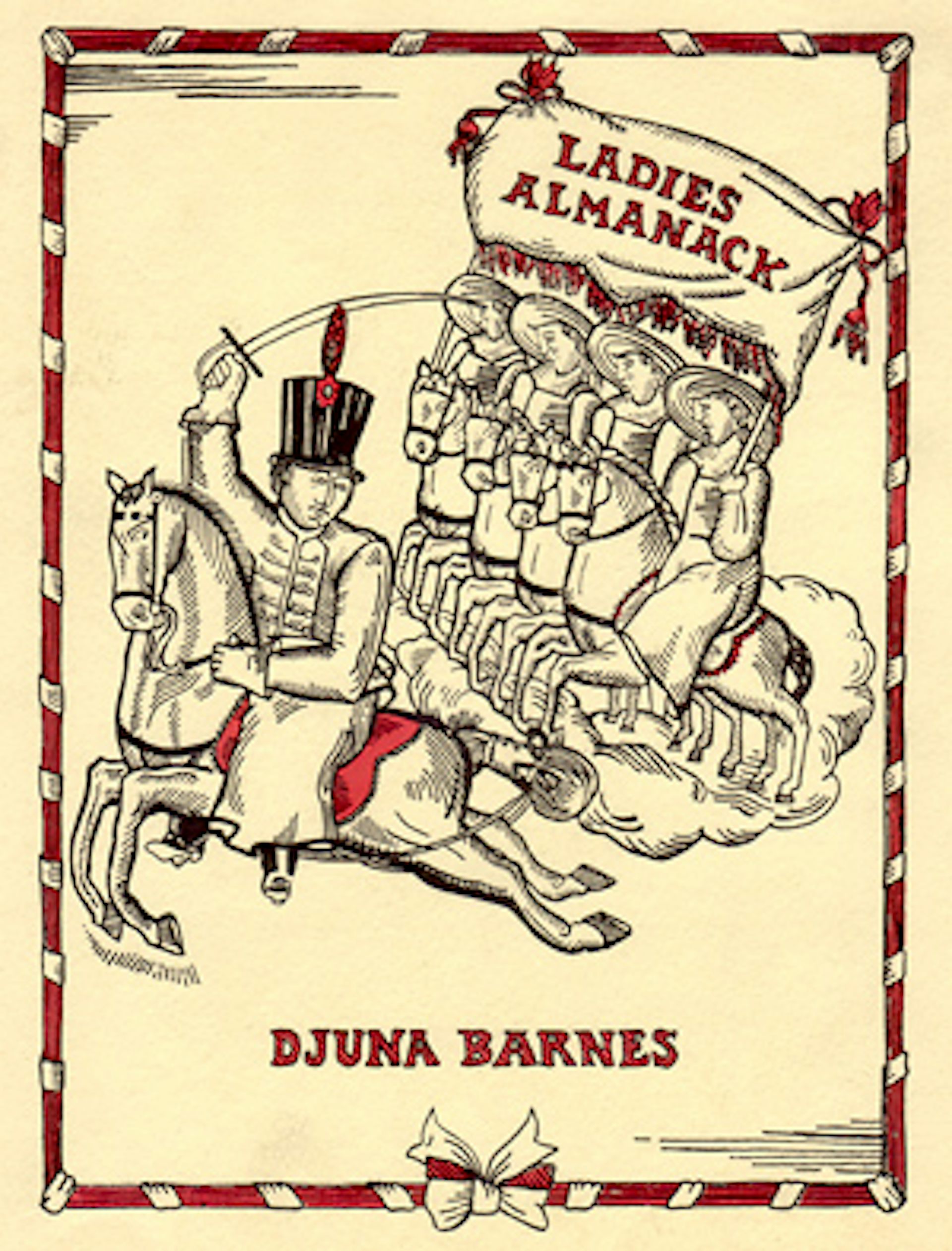Author
Senior Lecturer in American Studies/Literature, Northumbria University, Newcastle
Disclosure statement
Julie Taylor received funding from the AHRC for her doctoral research on Djuna Barnes.
Partners
Northumbria University, Newcastle provides funding as a member of The Conversation UK.
The Conversation UK receives funding from these organisations
- Email
- Twitter
- Facebook
- LinkedIn
- WhatsApp
- Messenger
“I’m not a lesbian, I just loved Thelma.” What did the modernist author Djuna Barnes mean by this? And why has this quote – in which the elderly Barnes managed to sound both closeted and confessional – become one of her best-known statements?
Barnes’s refusal to turn her love for the silverpoint artist Thelma Wood into a signifier of her identity has sometimes frustrated readers who seek to celebrate her as a major lesbian voice in 20th-century literature, while others have seized upon her statement to undermine attempts to “claim” Barnes as a lesbian writer.
Barnes had affairs with various women and men throughout her life, though the relationship with Wood seems to have affected her most profoundly. She referred to herself as “the most famous unknown of the century” (another Barnes paradox), bemoaning the fact that most people knew the gossip but not the writing.
And the writing certainly poses certain challenges. Rich, intricate and darkly camp, her modernist masterpiece Nightwood (1936) demands (and rewards) our patience: “I have a narrative,” says Dr Matthew O’Connor, Nightwood’s cross-dressing, unlicensed gynaecologist, “but you will be hard pressed to find it.” Set in the bars, salons and empty churches of the Parisian demi-monde, Nightwood narrates the failed love affair between the American Nora Flood and the silent, androgynous Robin Vote, a story often interpreted as a fictional rendering of Barnes’s relationship with Wood.
 Barnes the bohemian expat. Wikipedia
Barnes the bohemian expat. Wikipedia
Most negatively, we might read the “I’m not a lesbian” part of Barnes’s statement in the context of some of the overtly anti-feminist and homophobic statements she made in later life. The Djuna Barnes of legend is the glamorous figure cutting a dash in cape and cloche among the bohemian expatriates of 1920s Paris. The elderly Barnes, transplanted from this liberal Left Bank to the Cold War US, is harder to like. She complained about a feminist bookstore using “Djuna” in its name and reputedly expressed her disdain for women and lesbian writers to the doting male fans whose company she preferred.
Barnes’s resistance to the category of “lesbian” and even “woman” writer might be interpreted as a conscious strategy to align herself with the axis of modernist high culture she associated with James Joyce and, above all, her longtime correspondent and editor, T.S. Eliot. Such a positioning required that she downplay any autobiographical elements of her writing and assert the universal (read: heterosexual, non-feminine) perspective of her work, as Eliot in fact did in his cagey Preface to Nightwood.
Barnes’s biographer Philip Herring was working under the same premise when he posited his book as an attempt to end the “victim celebrations” of “a few ideological cosmetologists” and to let Barnes “belong to all readers”. Like the other male critics who wished to “rescue” Barnes from the feminists and lesbians, Herring draws on comments of the “I just loved Thelma” variety for ammunition.
The implication that privileging some of Barnes’s later, more conservative comments over the rich depictions of queerness one finds in her works is not in itself an act of “ideological cosmetology” is pretty staggering. Those critics who wish to render invisible Barnes’ status as a woman who slept with women claim Barnes as one of their own – just as much as lesbian and feminist readers do.
Queer politics
However, there might be another interpretation of Barnes’s wish to emphasise her particular love for Wood over her identification with the label “lesbian”, one that chimes with the queerness of her fictional works. Identity categories provide a ground for political agency: they allow us to demand rights and recognition and they help us to find each other, to form alliances and communities. But they can also be used to contain and police us. Unlike earlier lesbian and gay movements, whose politics depended on the idea of visible identities, queer theory grew out of a critique of identity politics.
 Cover illustration, The Trend magazine, by Djuna Barnes, issue of October 1914. Wikipedia/General Collection, Beinecke Rare Book & Manuscript Library, Yale University
Cover illustration, The Trend magazine, by Djuna Barnes, issue of October 1914. Wikipedia/General Collection, Beinecke Rare Book & Manuscript Library, Yale University
Broadly speaking, while lesbian and gay historians have sought to locate forms of homosexuality in the past, to recover lost and usable histories, queer critics have tended to emphasise queerness’s more radical disruption of systems of representation, often understanding “sexual identity” as a contradiction in terms. “[Q]ueerness can never define an identity,” writes queer theorist Lee Edelman, “it can only ever disturb one”.
In her queer fiction, Barnes invites and thwarts her readers’ impulse to “identify” in both senses of the term. She playfully encourages her readers’ desires to find the queer in the text (perhaps to find themselves) yet refuses to represent any singular lesbian or gay identity. On a couple of occasions, she even pre-empts the late 20th-century habit of lesbian list-making or celebratory historical “outing” to which she would herself become subject. Yet her lists of historical women are designed to confuse, combining queerer names with those about whom no speculations have been made. Barnes piques, then frustrates, our desire to know.
This logic dominates her 1928 roman à clef
 Cover of 1972 facsimile edition of Ladies Almanack. Wikipedia Commons
Cover of 1972 facsimile edition of Ladies Almanack. Wikipedia Commons
In one sense, the Almanack invites us to read it as a work by, for, and about the lesbian woman – it’s almost like an early queer ’zine – and Barnes even hawked hand-coloured copies among her Left Bank community. Yet it ultimately refuses to define “the Lesbian”, because to do so would be to pursue the aims of the Almanack’s chief object of parody: the late 19th-century sexology that defined and medicalised homosexual desire. Barnes uses the astrological motifs of the Almanack to satirise the attempt to “diagnose” lesbianism as simply a form of quackery.
The ladies of Barnes’s Almanack enjoy plenty of queer sex, for sure, but they resist our classification as any particular identity:
They swing between two Conditions like a Bell’s Clapper, that can never be said to be anywhere, neither in the centre, nor to the Side, for that which is always moving, is in no settled State long enough to be either damned or transfigured.
Barnes’s fictional works deal with both the pleasures and problems of belonging to any group. And although her autobiographical pronouncements, which are sometimes disingenuous, often tongue-in-cheek, are no substitute for reading her work, even they end up speaking to the complex questioning of identity we find in her books. “I’m not a lesbian, I just loved Thelma” contains a tension that we might want to resolve, but in trying to resolve it we might end up missing the point.
Wednesday, August 22, 2018